- Joined
- Jun 29, 2024
- Messages
- 1,385
- Points
- 393

There’s also a third book in the same series about anchors.
 |
As a way to introduce our brass coins to the community, we will raffle off a free coin during the month of August. Follow link ABOVE for instructions for entering. |
 |

Can you give us a link, tile, or the ISBN #?There’s also a third book in the same series about anchors.
Hallo my friend,Here are a few new books in addition to my library. They are relatively small in size, but wealthy in information.
View attachment 486471

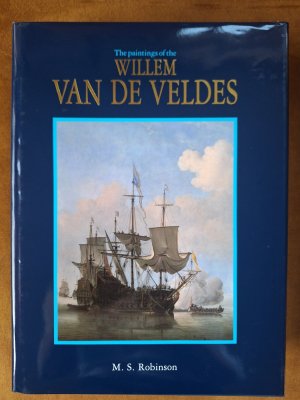
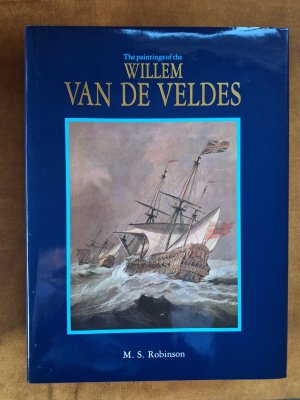


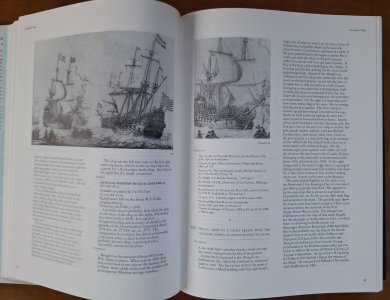

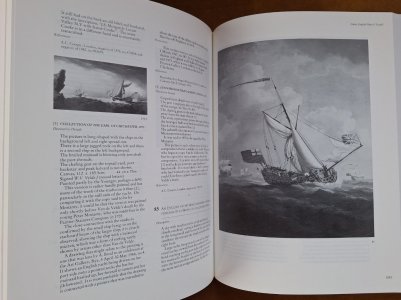



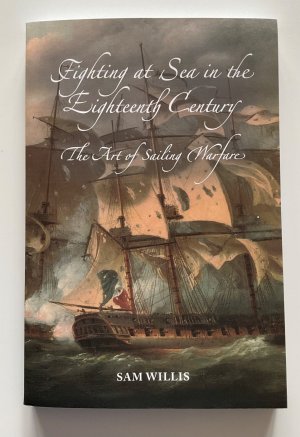

Tobias,Hi Brad, are you building another section? I also have this monograph in 1:48 and the plans in 1:36, although the quality of the 1:36 plans isn't very good.


Wow, Brad, this is going to be a great project.Tobias,
I hope to build a complete hull (1:48). Navy Board/Admiralty style, with much external planking left off to show the internal framing.
Two options I will consider to show even more of the mortar, mortar beds, reinforcements, etc are:
1) Slicing the entire hull as Uwe did with his bomb ship Granado (sample of photo model built in 1971 by Lightley, Robert A. and owned now by the NMM)
View attachment 513078
2) "Windows" created by cutting away sections of the frames to allow internal viewing of lower deck details (like Alexandru Gurau did in below photo of La Salamandre):
View attachment 513080
Much thought will have to go into exposing the inside of the lower decks.
All involve cutting perfectly good frames (akin to jumping out of a perfectly good airplane) but the payoff should be as exciting as a good skydive!!

